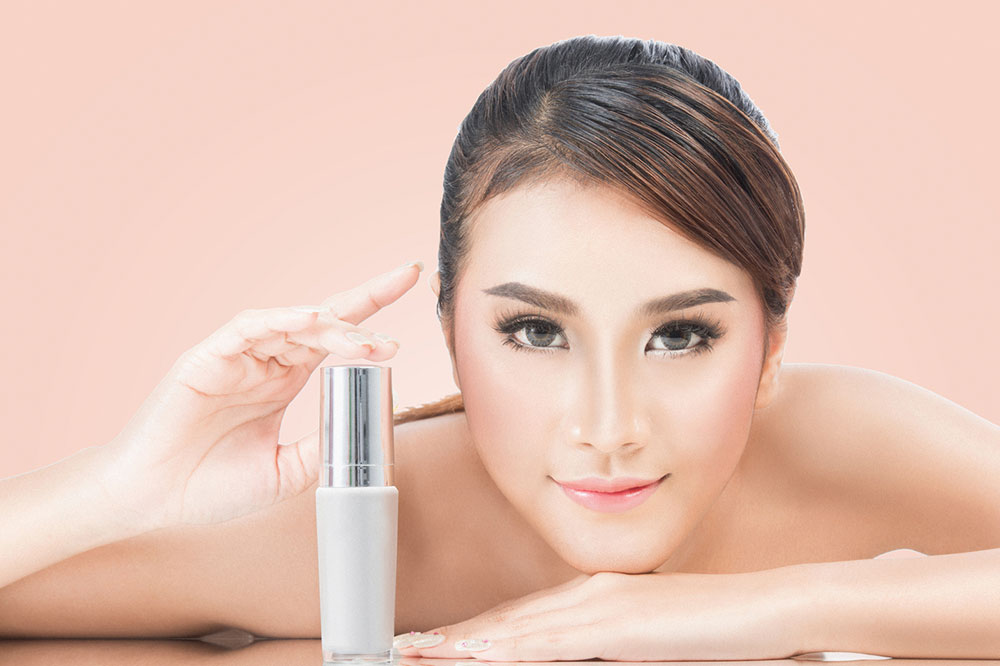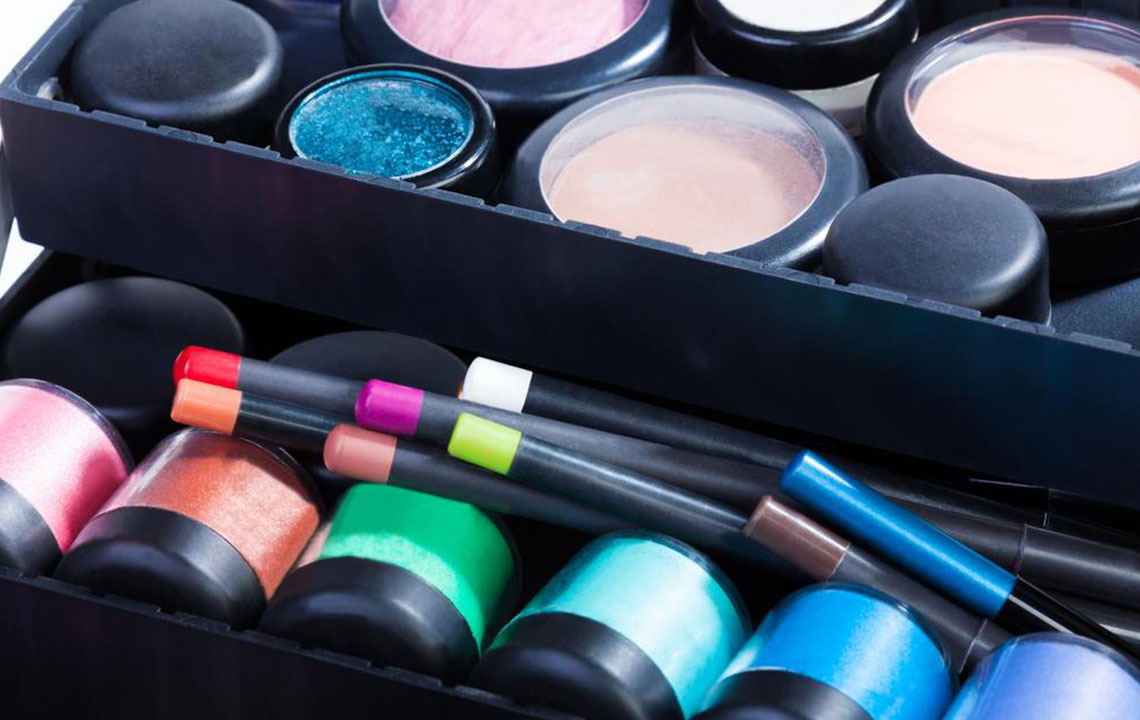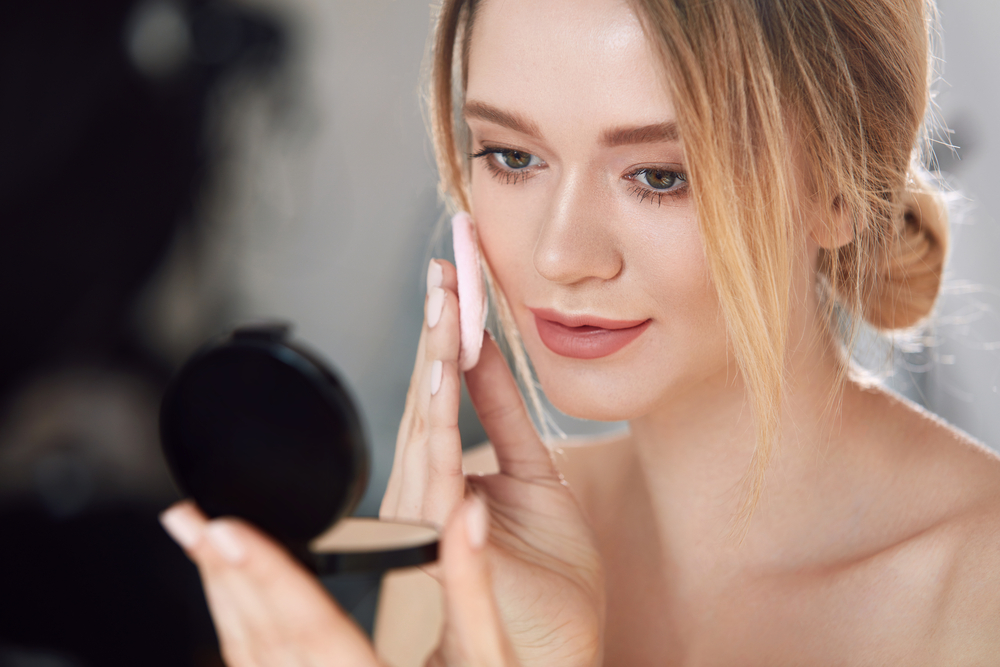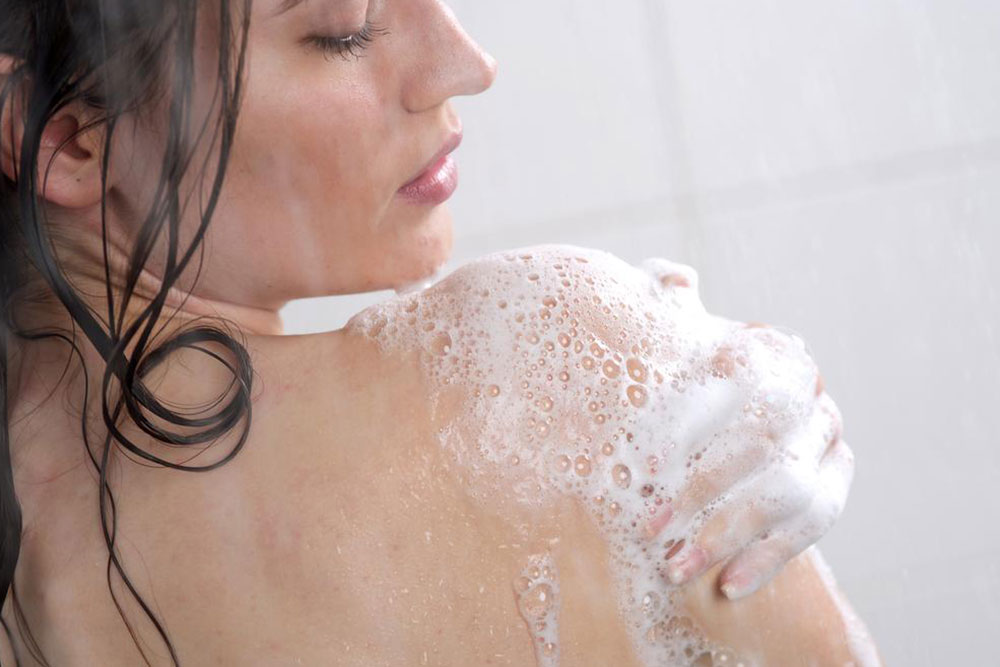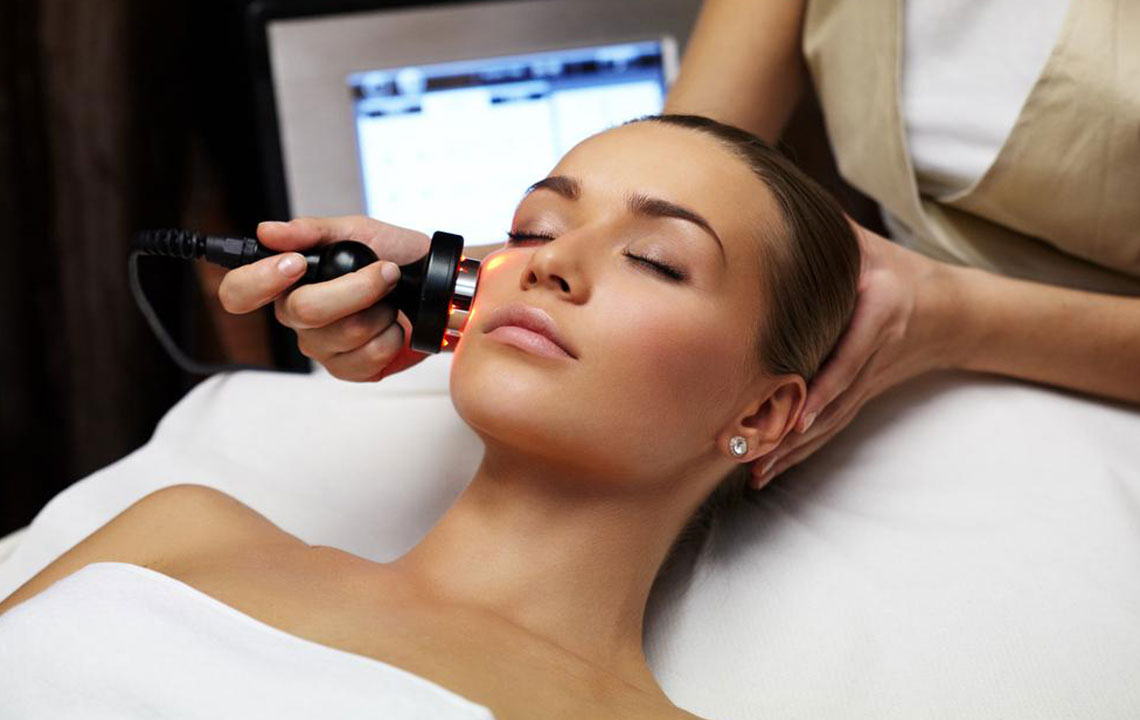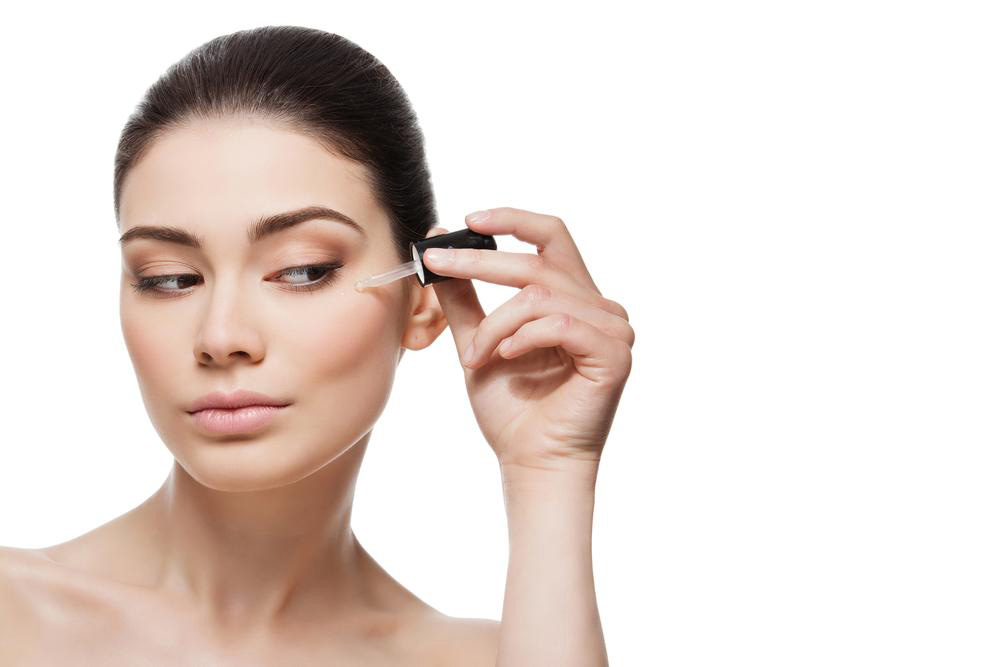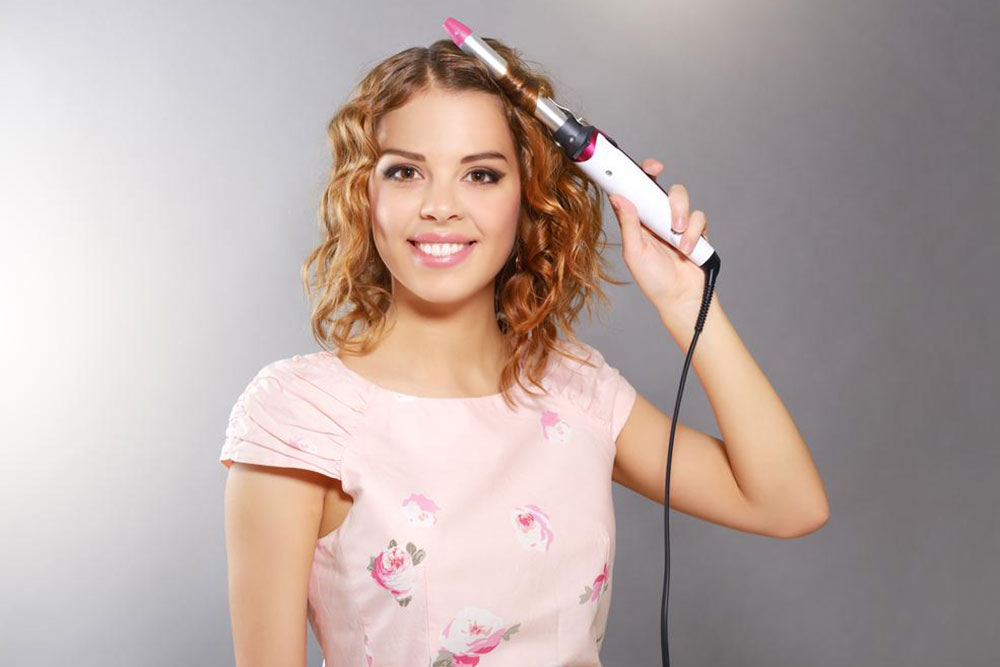Guide to Selecting Skincare Products Based on Your Skin Type
Discover how to choose skincare products tailored to your specific skin type. This guide explains methods to identify your skin classification—dry, oily, normal, or combination—and offers tips for selecting suitable formulations. Learn about active ingredients, budget considerations, and the importance of patch testing to achieve optimal skin health and radiance. Perfect for anyone looking to improve their skincare routine with informed product choices.

Guide to Selecting Skincare Products Based on Your Skin Type
Consistent skincare routines are vital for achieving healthier, more radiant skin by improving texture, tone, and overall appearance. The market offers a vast array of products such as moisturizers, exfoliants, sunscreens, serums, microdermabrasion kits, and chemical peels. Navigating this selection can be daunting. The key starting point is identifying your skin type, which guides you in choosing appropriate skincare formulations.
There are simple methods to determine your skin type at home.
Apply a blotting paper to different areas of your face, then hold it against light to observe oil transfer.
Alternatively, cleanse your face, apply toner, and wait 15-30 minutes to assess how your skin reacts.
There are four basic skin types: oily, dry, normal, and combination.
Dry Skin – Noticeable tightness, minimal or no oil, rough texture, dull appearance, and invisible pores characterize dry skin. It often feels dehydrated. Hydrate well by drinking plenty of water and reducing caffeine. Gentle exfoliation prepares the skin to absorb moisturizers and serums rich in emollients.
Combination Skin – If the T-zone appears oily while cheeks and jawline are dry, it’s a combination type. Use mild exfoliants to manage oiliness and gel-based moisturizers for balanced hydration.
Oily Skin – A shiny appearance with large, visible pores suggests oily skin. These skin types are prone to blackheads and acne. Use enzyme-based exfoliants to manage sebum production and opt for lightweight, liquid textures; avoid greasy products.
Normal Skin – Small, barely visible pores and no significant sensitivities indicate normal skin. A balanced skincare routine with products suited for both oily and dry areas works well.
For sensitive skin, select hypoallergenic products free from fragrances and dyes. Always perform patch tests before trying new products, especially if you have sensitive skin.
Choose products with proven active ingredients like vitamins A, B, C, and E. Regular use over 6-8 weeks will show noticeable results. The key factors are active ingredients and the product’s texture, tailored to your skin type.
Budget is also a crucial factor. Skincare costs vary widely, so define your needs and financial limits before making a purchase.

